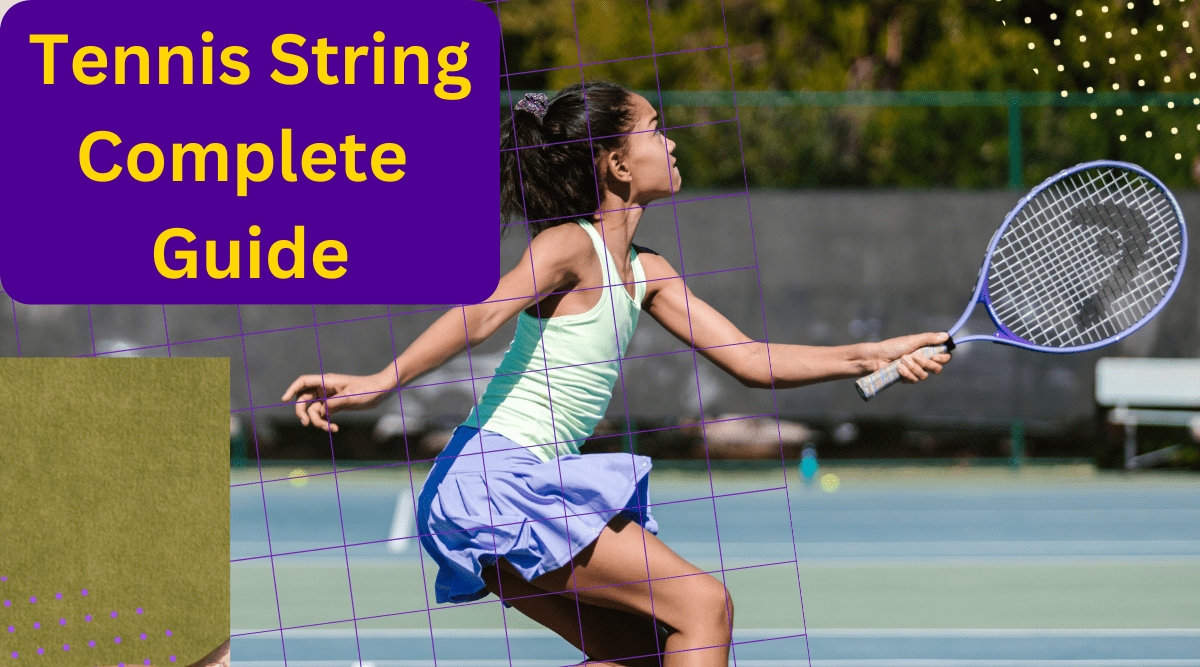Guide on How to Choose Tennis Strings
Choosing the right tennis string can have a significant impact on your game, affecting your control, power, comfort, and the longevity of your strings. Here's a comprehensive guide to help you make an informed decision, tailored to your playing level.
1. Understand the Types of Tennis Strings
First, it's important to understand the different types of strings available:
-
Natural Gut: This is the most responsive and comfortable string type. It provides excellent power and feel but lacks in durability. It's perfect for players looking for maximum performance, comfort, or those who have arm problems.
-
Synthetic Gut/Multifilament: These strings are designed to mimic natural gut's characteristics at a lower cost. They offer a good balance between power, control, and comfort but may not provide the same level of durability as other types.
-
Polyester/Monofilament: These are durable strings with excellent spin potential. They are stiffer and can be less comfortable, suitable for advanced players with a fast, long swing who can generate their own power.
-
Kevlar: Known for their durability, Kevlar strings are extremely stiff and are often used in hybrid setups by heavy hitters who frequently break their strings. They are generally not recommended for players with arm issues.
2. Gauge (Thickness)
The thickness of the string can greatly impact playability and durability. A thinner string (higher gauge number) provides more feel and spin but is less durable. A thicker string (lower gauge number) is more durable but offers less feel and spin. Beginners or recreational players who don't break strings often can benefit from a thinner string, while heavy hitters and advanced players might prefer thicker, more durable strings.
3. Tension
String tension affects the playability of your racket. Higher tension provides more control but less power, while lower tension gives more power but less control. Beginners usually start with medium tension, while intermediate to advanced players adjust the tension based on personal preference and playing style.
4. String Pattern
The string pattern (open or dense) of your racquet also plays a role in your choice of string. An open pattern provides more power and spin but less durability, while a dense pattern offers more control and durability but less spin.
String Selection for Different Playing Levels
Beginners
Beginners should consider a softer string like synthetic gut or multifilament in a medium to thicker gauge (16-17). These strings offer a nice blend of power, comfort, and durability at a reasonable cost.
Intermediate Players
Intermediate players who have developed their swing and style can experiment with different strings to suit their needs. A hybrid setup (combination of two different types of strings) can be a great option, for example, using polyester for the mains for durability and spin, and multifilament for the crosses for comfort and power.
Advanced Players
Advanced players, especially those who frequently break strings, might prefer polyester or a hybrid setup with Kevlar. These players often choose thinner gauges for increased spin and feel. The exact choice depends on whether the player values durability, spin, or feel more.
Players with Arm Issues
Players with arm issues should prioritize comfort to prevent further injury. Natural gut is the most arm-friendly string, with premium multifilaments being a cheaper alternative. Avoid stiff strings like polyester or Kevlar.
Remember, choosing the right tennis string is a personal decision that should align with your skill level, style of play, and physical comfort. It's always a good idea to experiment with different strings, gauges, and tensions to find the perfect fit for you. Happy hitting!
Check out our local stores to get your rackets ready for tennis season!






